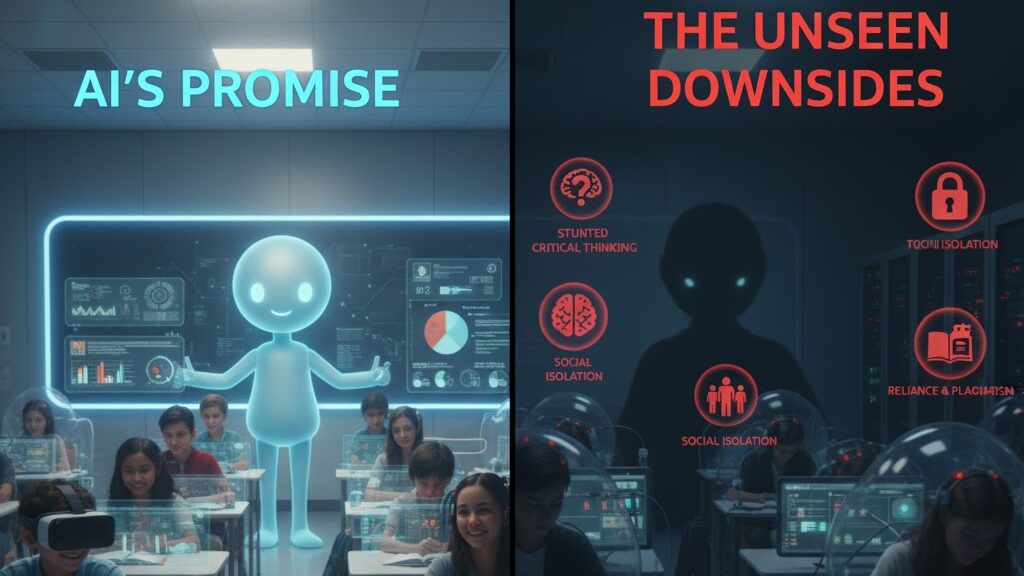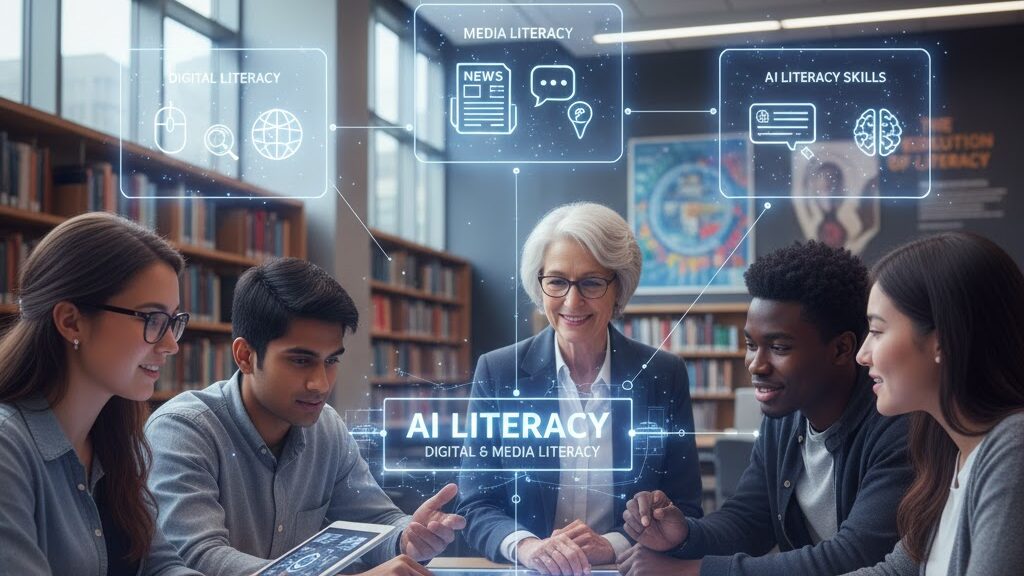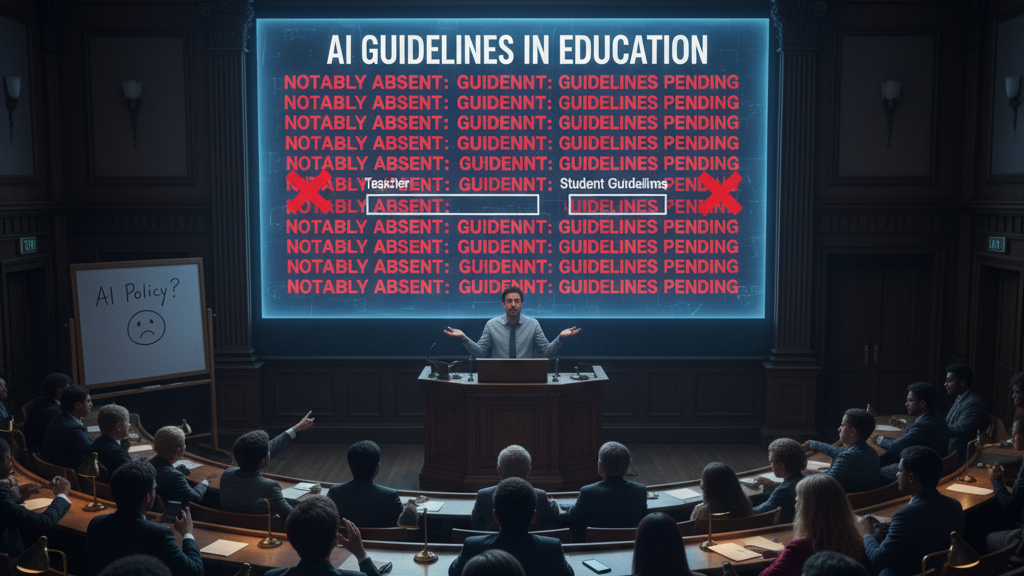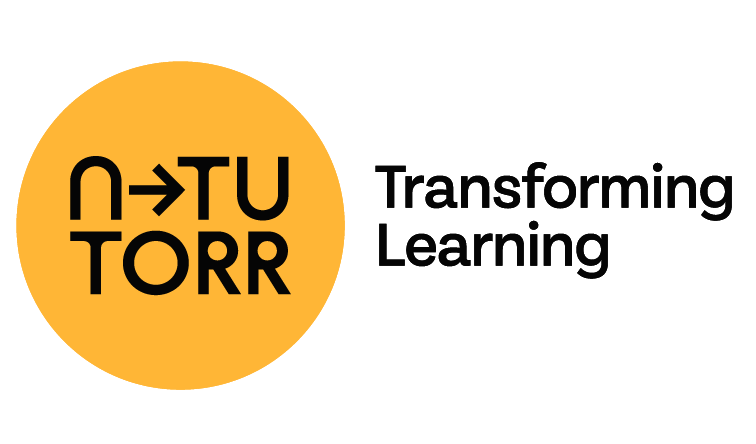
Source
Education Week
Summary
A new report from the Center for Democracy and Technology warns that the rapid adoption of AI in schools is undermining students’ relationships, critical thinking and data privacy. In 2024–25, 85 % of teachers and 86 % of students used AI, yet fewer than half received any formal training. The report highlights emotional disconnection, weaker research skills and risks like data breaches and tech-fuelled bullying. While educators acknowledge AI’s benefits for efficiency and personalised learning, experts urge schools to prioritise teacher training, AI literacy, and ethical safeguards to prevent harm. Without adequate guidance, AI could deepen inequities rather than improve learning outcomes.
Key Points
- AI use has surged across US classrooms, with 85 % of teachers and 86 % of students using it.
- Students report weaker connections with teachers and peers due to AI use.
- Teachers fear declines in students’ critical thinking and authenticity.
- Less than half of teachers and students have received AI-related training.
- Experts call for stronger AI literacy, ethics education and policy guardrails.
Keywords
URL
Summary generated by ChatGPT 5



